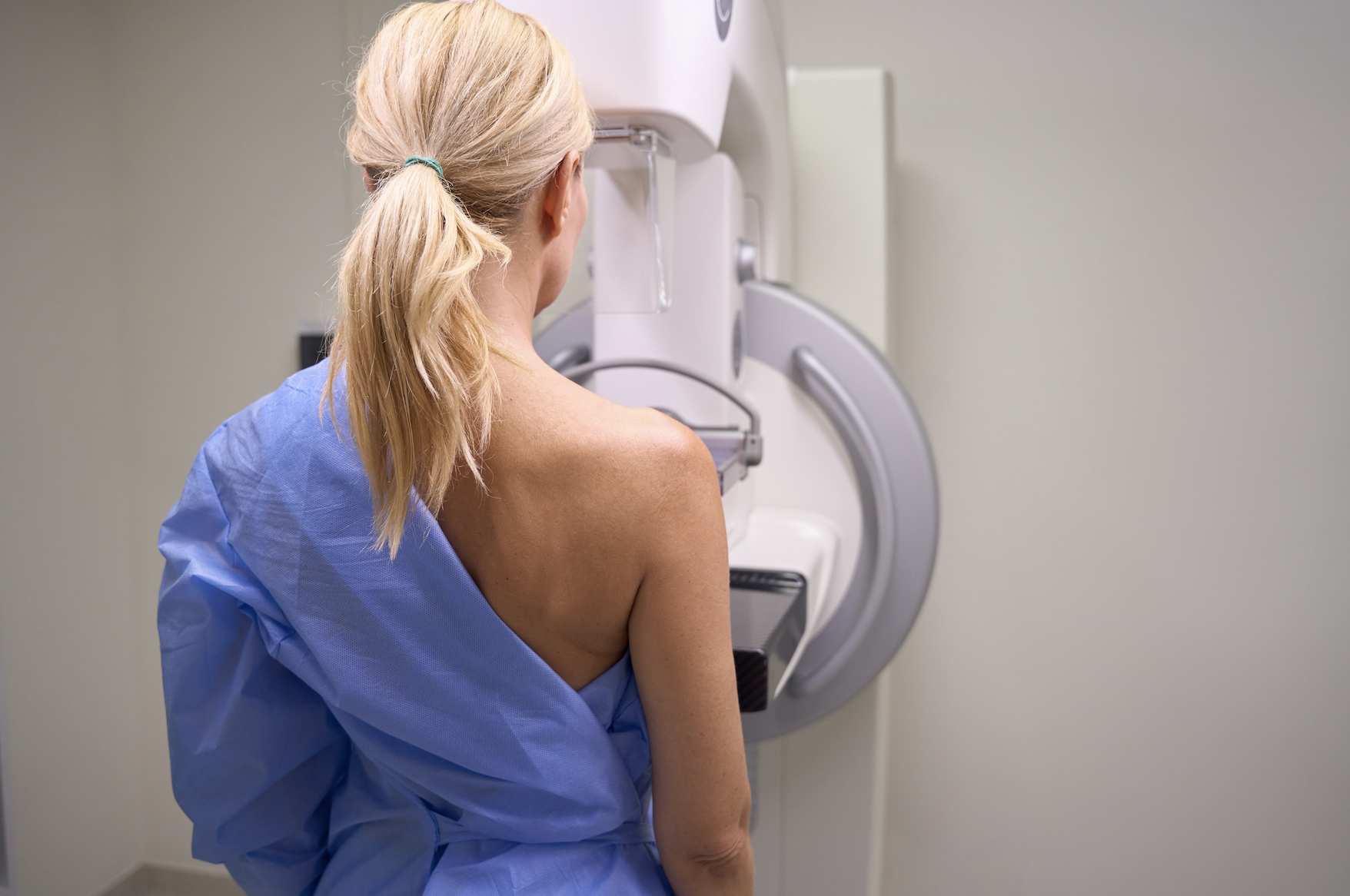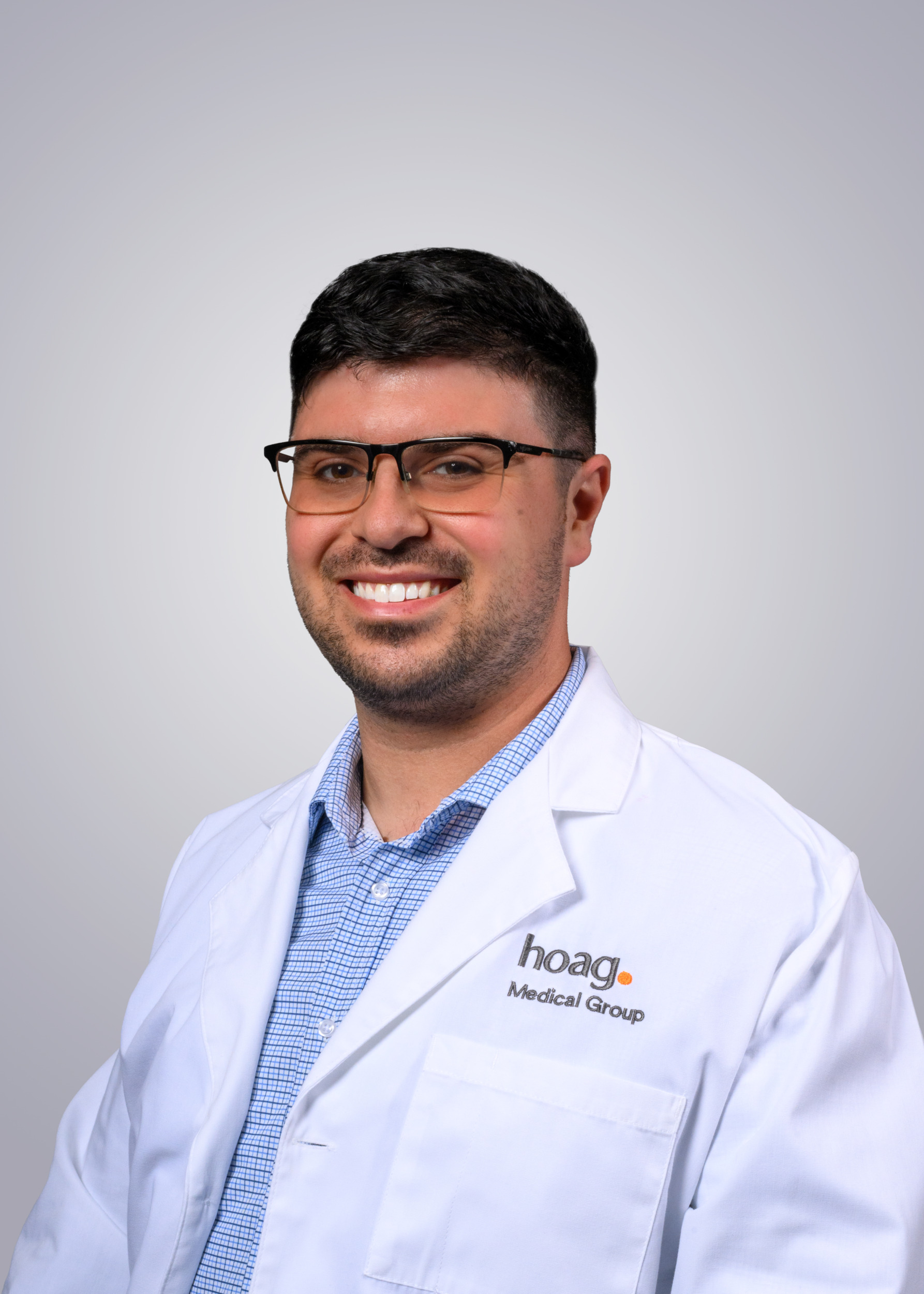NEWPORT BEACH, Calif., October 3, 2016 — Physician researchers from Pickup Family Neurosciences Institute’s Memory & Cognitive Disorders Program have discovered that taking the “medical food,” CerefolinNAC ®, for management of hyperhomocysteinemia (HHcy) for at least two years could help delay the effects of Alzheimer’s disease (AD) in the brains of patients, according to a study published today in the Journal of Alzheimer’s Disease.
The research is not only significant for its contribution to the field of AD treatment, but for its authorship. While it is one of the most respected hospitals in the region, Hoag Memorial Hospital Presbyterian is at its core a community hospital – not an academic center that is expected to produce research for prestigious peer-reviewed journals.
“Our physician leaders don’t just employ the cutting-edge tools of medicine, they are engaged in building them,” said Michael Brant-Zawadzki, M.D., F.A.C.R., Ron & Sandi Simon Executive Medical Director Endowed Chair, Pickup Family Neurosciences Institute, and Senior Physician Executive, Hoag. “The publication of Dr. William Shankle’s research is a testament to Hoag’s commitment to innovation.”
Working with researchers from Nestle Health Sciences – Pamlab Inc, Dr. Shankle, the Judy & Richard Voltmer Endowed Chair in Memory & Cognitive Disorders at Pickup Family Neurosciences Institute, confirmed that CerefolinNAC ® therapy can greatly reduce brain tissue loss (atrophy) from key regions affected by AD and Cerebrovascular disease (CVD).
The study showed that taking CerefolinNAC ®, a nutritional therapy combining L-methylfolate, methylcobalamin, and N-acetyl-cysteine, slowed hippocampal and cerebral cortical atrophy for AD patients, and slowed frontal lobe atrophy in CVD patients who suffer from HHcy, a common medical condition which is associated with a wide variety of neurological disorders including AD, CVD, stroke, Parkinson’s disease and multiple sclerosis.
This study helps explain previous contradictory results about B-vitamins by showing the importance of keeping patients on the therapy for at least two years.
“Previous studies might not have treated patients long enough period to see the positive outcomes,” said Junko Hara, Ph.D., one of the lead authors of the study. “That’s a noteworthy contribution, to show that after two years, the therapy can help significantly delay brain atrophy.”
“Medical foods,” are generally defined as nutritional supplements formulated to be given under physician supervision for the management of a specific disease or condition. The nutritional supplement, CerefolinNAC®, normalizes the circadian rhythm of the synthesis of cell proteins, enzymes and other molecules that regulate neuronal function, plus protects neurons from free radical damage generated during episodes of oxidative stress.
In patients with AD and CVD, when HHcy is not treated, they show faster rates of brain atrophy than those without HHcy. However, when HHcy is managed with CerefolinNAC® in those patients, Dr. Hara and colleagues discovered that brain atrophy rates slow down to the level of AD and CVD patients without HHcy.
“It’s a significant finding, and one that warrants further study,” she said. “We are very excited to contribute to the continued understanding of this disease.”
The full article, “CerefolinNAC Therapy of Hyperhomocysteinemia Delays Cortical and White Matter Atrophy in Alzheimer’s Disease and Cerebrovascular Disease,” can be found in the Journal of Alzheimer’s Disease, Volume 54, issue 3 (September 2016).
ABOUT HOAG MEMORIAL HOSPITAL PRESBYTERIAN
Hoag is an approximately $1 billion nonprofit, regional health care delivery network in Orange County, California, that treats more than 27,000 inpatients and 379,000 outpatients annually. Hoag consists of two acute-care hospitals – Hoag Hospital Newport Beach, which opened in 1952, and Hoag Hospital Irvine, which opened in 2010 – in addition to seven health centers and ten urgent care centers. Hoag is a designated Magnet® hospital by the American Nurses Credentialing Center (ANCC). Hoag offers a comprehensive blend of health care services that includes five institutes providing specialized services in the following areas: cancer, heart and vascular, neurosciences, women’s health, and orthopedics through Hoag’s affiliate, Hoag Orthopedic Institute, which consists of an orthopedic hospital and two ambulatory surgical centers. In 2013, Hoag entered into an alliance with St. Joseph Health to further expand health care services in the Orange County community, known as St. Joseph Hoag Health. Hoag has been named one of the Best Regional Hospitals in the 2016 – 2017 U.S. News & World Report, and Becker’s Hospital Review named Hoag as one of the 2016 “100 Great Hospitals in America” – a designation Hoag has received four times. National Research Corporation has endorsed Hoag as Orange County’s most preferred hospital for the past 20 consecutive years and, for an unprecedented 21 years, residents of Orange County have chosen Hoag as one of the county’s best hospitals in a local newspaper survey. Visit www.hoag.org for more information.
ABOUT THE JOURNAL OF ALZHEIMER’S DISEASE (JAD)
The Journal of Alzheimer’s Disease (http://www.j-alz.com) is an international multidisciplinary journal to facilitate progress in understanding the etiology, pathogenesis, epidemiology, genetics, behavior, treatment and psychology of Alzheimer’s disease. The journal publishes research reports, reviews, short communications, book reviews, and letters-to-the-editor. Groundbreaking research that has appeared in the journal includes novel therapeutic targets, mechanisms of disease and clinical trial outcomes. The Journal of Alzheimer’s Disease has an Impact Factor of 4.151 according to Thomson Reuters’ 2014 Journal Citation Reports. The Journal is published by IOS Press (www.iospress.com).
###









